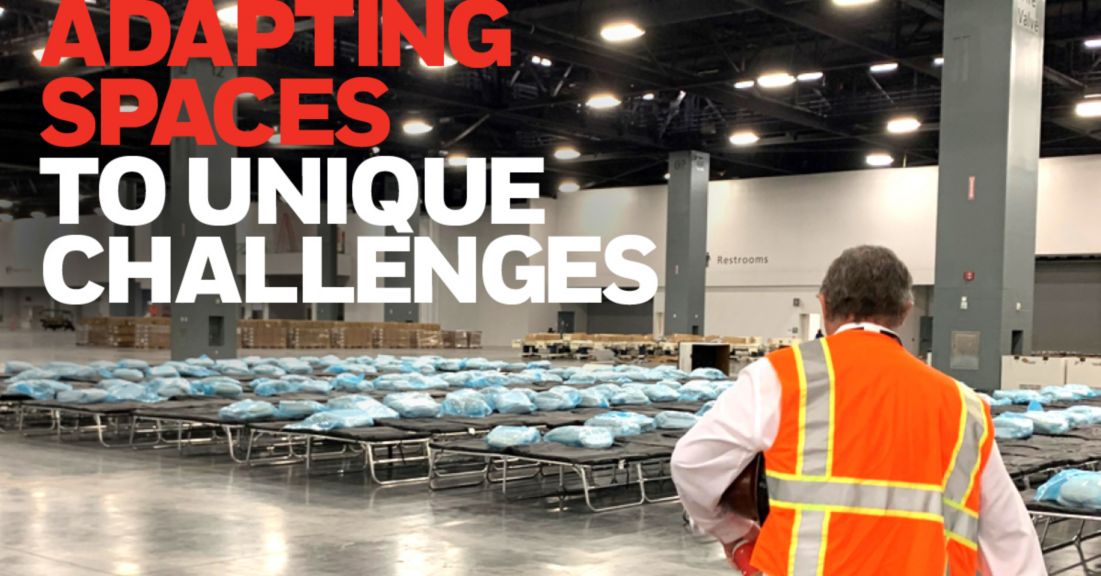-
 Location
Location-
Asia Pacific
-
Europe
-
Middle East
-
North America
- |
- Contact
- |
-
Currency:Localize your Content
You can set your preferred currency for this account from the Home page.
Choose a Currency
Currency- CHOOSE YOUR CURRENCY
Update Currency
Changing Currency will cause your current cart to be deleted. Click OK to proceed.
To Keep your current cart, click CLOSE and then save your cart before changing currency.
-
Select Account
Switching accounts will update the product catalog available to you. When switching accounts, your current cart will not move to the new account you select. Your current cart will be available if you log back into this account again.
Account# Account Name City Zip/Post Code CANCELPROCEEDMy Account
-
Industries
Industries
-
Airports
Honeywell provides a single point of control, including customized software and automation
-
Data Centers
A holistic view to optimize uptime, reduce costs and achieve sustainable operations.
-
Education
Custom solutions to improve campus safety, energy efficiency, emergency systems, and more.
-
Hospitality
Connect with guests through better experiences, greener technology, and secure data.
-
Industrial & Manufacturing
Reduce facility costs, improve sustainability and better protect workers.
-
Commercial Buildings
Integrate with climate control, fire, life safety and access control systems on a single screen.
-
Justice & Corrections
Help reduce costs, manage risk and incidents more effectively, enable rehabilitation with automation
-
Healthcare
Connect systems and staff to technology and automation to enhance safety, awareness, performance
-
Retail
Connect your hospital, systems, and staff to solutions that enhance safety, awareness, performance.
-
Government & Military
We have helped agencies around the world with smart building automation and technology
-
Smart Cities
Integration and automation to improve urban mobility, waste management, emergency services, lighting
-
Airports
-
Automation Solutions
Automation Solutions
-
 Location
Location-
Asia Pacific
-
Europe
-
Middle East
-
North America
- |
- Contact
- |
You are browsing the product catalog for
You are viewing the overview and resources for
- News
- Converting Unconventional Spaces into Alternate Care Facilities


Converting Unconventional Spaces into Alternate Care Facilities
May 4, 2020
As hospitals worldwide are faced with influxes of patients due to COVID-19 coronavirus pandemic, local governments are converting unexpected places into field hospitals and treatment wards.
Cities across the world are converting major event spaces typically used for major tradeshows and conventions into alternative care facilities. Elsewhere, hotels and university dormitories are also being repurposed to house non-COVID-19 patients and to help relieve the burden on local hospitals. While using an exposition center or a dormitory as an alternate care facility may have seemed like something out of a science fiction story several months ago, today it is, unfortunately, a global reality.
One important factor to consider when repurposing spaces for healthcare facilities is air flow. The CDC and ASHRAE have rigorous guidelines for air exchanges per hour for airborne contaminant removal and ventilation specifications for healthcare facilities. So how do facility managers achieve the most optimal air flow for buildings not originally intended for healthcare use? Below are tips for consideration:
- Audit the space and develop a plan: conduct an audit of the building to understand the challenges – looking at airflow, humidity as well as other building management areas like access control, fire and life safety to energy savings – and use that information to develop a plan. It’s important to know what options exist to convert the space, identify what needs immediate action and what items can occur over a longer time frame.
- Adjust the airflow: look at the overall design of the airflow to ensure that the circulation of fresh air occurs multiple times a day to help remove undesirable compounds for a building. While it may be difficult to achieve the type of air pressurization required for isolation in a large, open space, there are ways for smaller spaces like dorm rooms to change the HVAC settings per room and add overlay capabilities to create an isolation ability for a room or wing of the building.
- Employ remote monitoring: use remote monitoring tools to improve building performance and help reduce downtime through proactive and predictive maintenance.
- Evaluate fire and security systems: determine if the fire and life safety systems and security system, in particular access control and video cameras, require updating to better suit needs of the alternative care facility. From a fire and life safety system, using advanced fire detection system, low frequency sounders and strobes and mass notification systems can help ensure patient and medical team safety. From an access control perspective, the space may require restricted access for specific areas to help eliminate cross contamination.
Honeywell recently helped with the conversion of the Miami Beach Convention Center into an alternative care facility in just two and a half weeks. “Our focus at the site was on the building management system including airflow and chiller management,” said Jose Simon, vice president and general manager of projects, Honeywell Building Solutions. “There are dramatically different airflow needs when you look at a large, open space like the MBCC than you would have in a traditional hospital setting. We adjusted the BMS for more fresh air exchanges and added overlays to improve overall airflow.”
Facilities that have a good base infrastructure and that can maintain directional airflow and containment are valuable potential assets as alternative care facilities.
Copyright © 2025 Honeywell International Inc.
Compare X Products
Clear All
X of 5 products to compare
Maximum File Size
Maximum Files Exceeded
You cannot access this page as this product is not available in your country.
Maximum File Size
Maximum Files Exceeded
Due to inactivity you will be logged out in 000 seconds.
